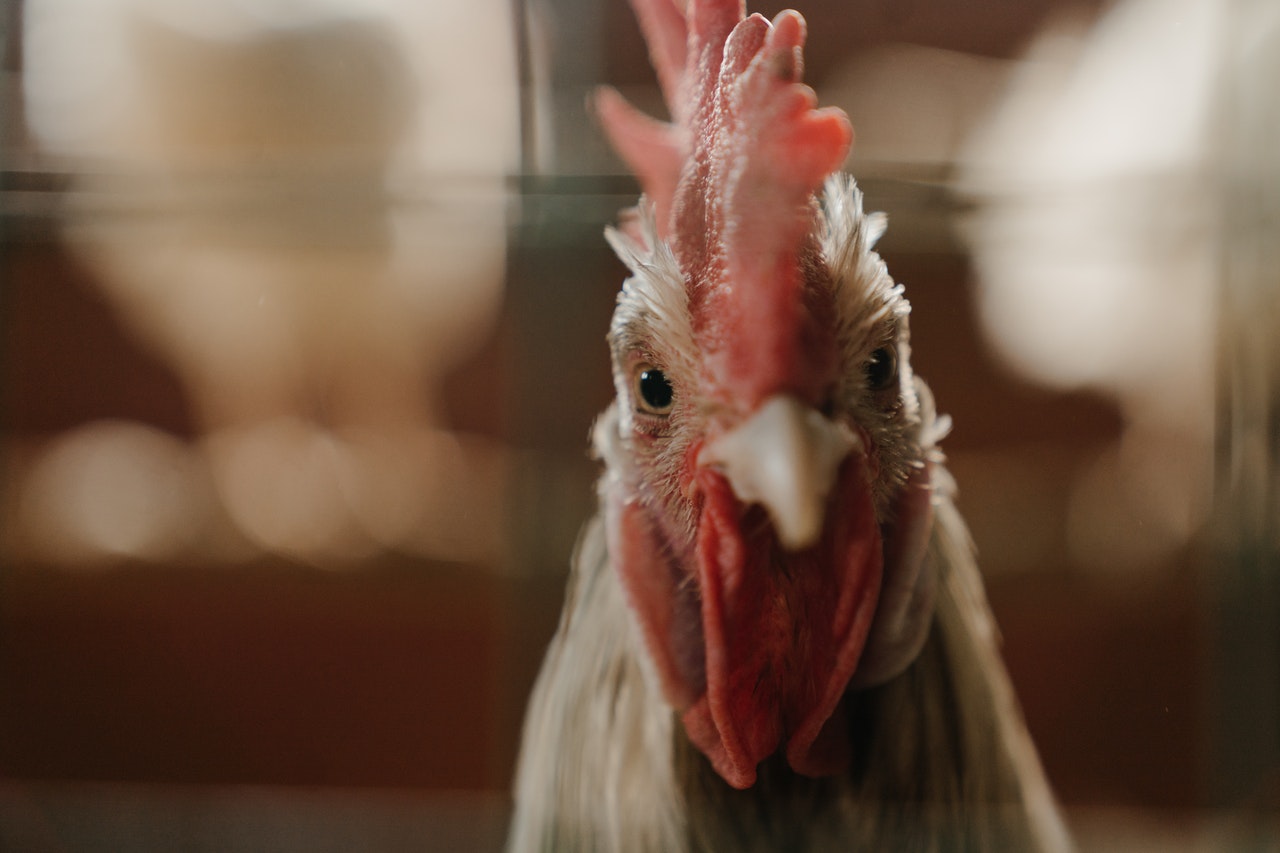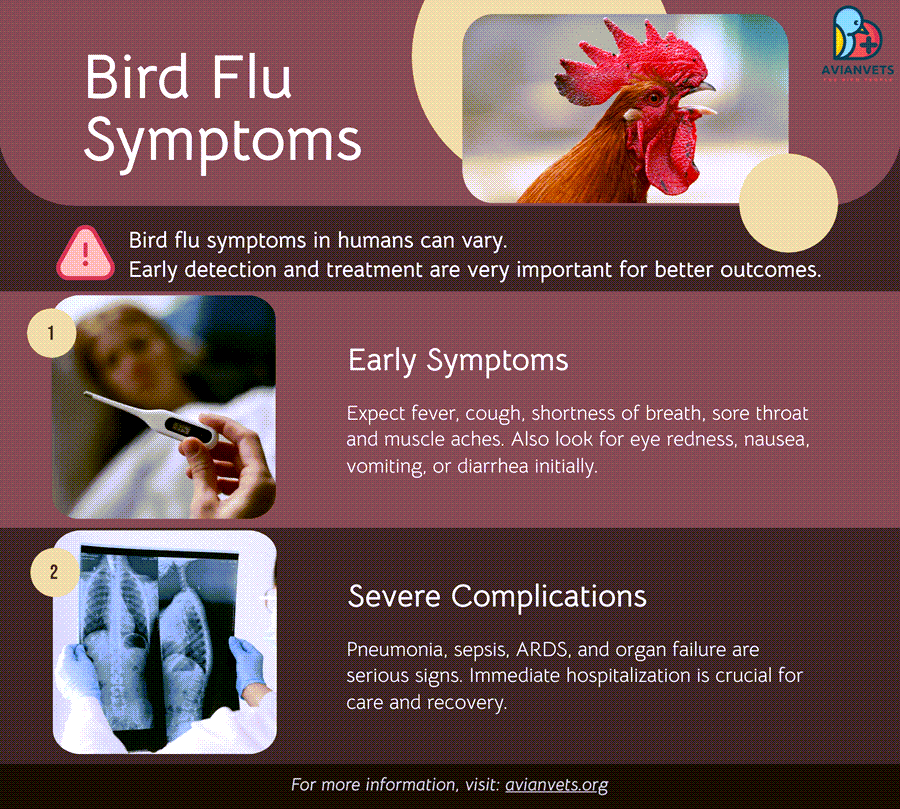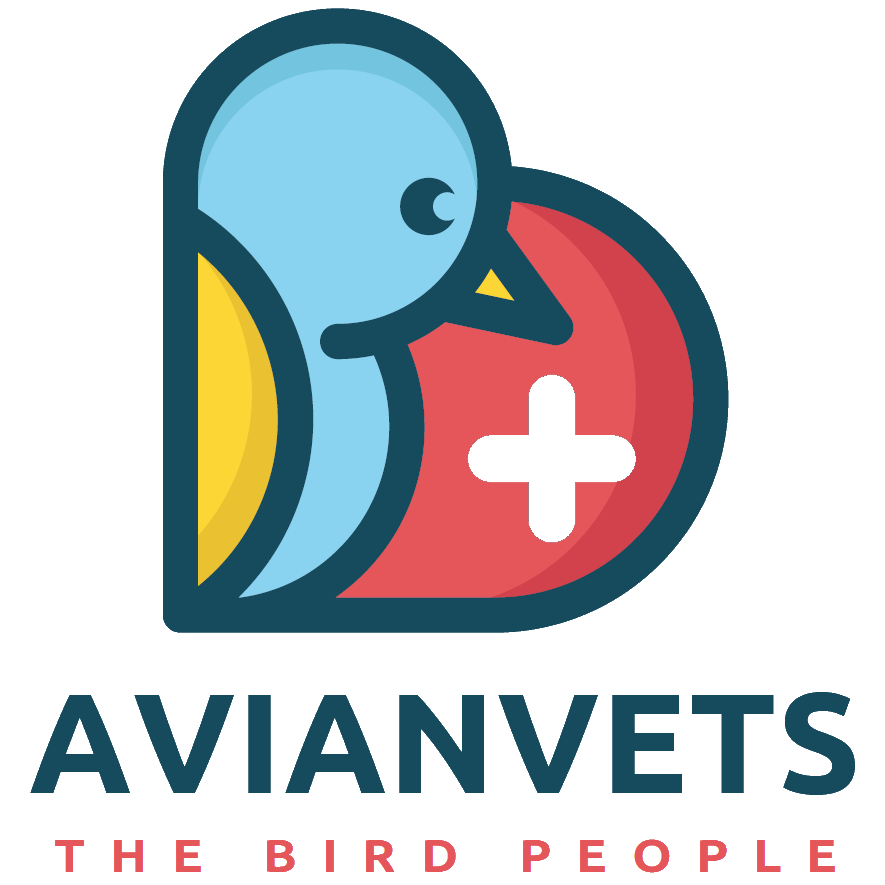
Bird flu, also known as avian influenza, is a highly contagious viral infection that primarily affects birds—but when certain strains jump from birds to humans, the consequences can be devastating.
In recent years, outbreaks of bird flu have raised serious public health concerns, especially among poultry owners, wildlife rehabilitators, and global health agencies. But how dangerous is bird flu really? Can it kill birds—and humans? And what should bird owners or the general public know to protect themselves?
In this article, we’ll explore the deadliness of bird flu, how it spreads, which strains affect humans, and the steps you can take to reduce risks to your flock and your own health. Whether you’re a bird lover, backyard chicken keeper, or simply trying to stay informed, this guide gives you the facts without the fearmongering.
What Is the Bird Flu Virus?
Bird flu is a type of influenza virus that naturally occurs among wild aquatic birds (especially waterfowl like ducks and geese) but can infect domestic poultry and other bird species. It’s caused by viruses from the Influenza A family, categorized by their two main surface proteins: hemagglutinin (H) and neuraminidase (N). This is why you’ll see strains like H5N1, H7N9, or H5N8 mentioned.
Most avian influenza viruses don’t infect humans—but some subtypes have mutated in ways that allow them to cross species boundaries.
Is Bird Flu Deadly to Birds?
Yes—some strains of bird flu, particularly highly pathogenic avian influenza (HPAI), are deadly to domestic and wild birds. HPAI viruses like H5N1 and H5N8 can wipe out entire flocks within days. These viruses cause:
- Sudden death with no prior signs
- Swelling of the head, comb, or wattles
- Respiratory distress
- Discolored legs or wattles
- Neurological signs like tremors or loss of coordination
Bird flu has also devastated populations of wild birds, including raptors, waterfowl, and even endangered seabirds.
How Does the Bird Flu Spread?
One of the most frequently asked questions we get is: Can bird flu spread through air? The short answer is – yes, it can be when the virus is suspended in the air in the form of droplets or quite possibly dust. Here’s what you need to know about how bird flu and associated infections spread in wild birds, poultry, and people.
Bird Flu Infections in Wild Birds
Wild aquatic bird species like geese and ducks can be infected with avian influenza viruses such as H5N1. However, they’re immune from infection, meaning they don’t get sick from it. Rather, they act as carriers spreading it to other non-aquatic bird species through their virus-ridden mucus, saliva, and droppings.
Avian flu viruses are highly contagious among birds. Most of these, including H5N1, can result in severe illness and eventual death in domestic poultry populations.
Bird Flu Infections in Poultry
Domesticated birds like turkeys, chickens, and ducks, can contract H5N1 and other Type-A bird flu viruses by coming into direct contact with infected aquatic birds or poultry or through contaminated surfaces.
Bird flu is highly contagious and can be fatal to chickens. When bird flu Type-A H5 or A H7 outbreaks occur among chicken and other poultry species, the usual course of action is the depopulation of infected flocks, otherwise known as culling.
The Animal and Plant Health Inspection Service (APHIS), a federal agency within the US Department of Agriculture, works in close collaboration with local, state, federal, and industry partners to swiftly respond to any avian influenza virus outbreak reports.
H5N1 Mortality Rate in Chickens
There are two categories of avian influenza viruses. On the one hand, you have low pathogenic avian influenza (LPAI) viruses. These strains don’t show up with any symptoms of infection in poultry. If they do, they’re usually mild such as a slight decrease in egg production or ruffled feathers. However, LPAI viruses can mutate into the highly pathogenic kind.
On the other hand, you have high pathogenic avian influenza (HPAI) viruses. These strains are highly contagious, cause severe disease, and have high mortality rates in infected poultry.
Most Type-A H5 and H7 bird flu strains fall in the category of HPAI viruses. Only a few of them are LPAI. HPAI A-H5 and H7 viral infections cause disease that causes multiple organ failure in poultry.
H5N1, in particular (like the bird flu virus that wiped out many US poultry farms in 2024), has a 90 to 100 percent mortality rate in infected chicken. Death occurs within 48 hours.
Bird Flu Symptoms in Poultry
Below are some of the signs of H5N1 infection to be on the lookout for in your chicken flock.
- Extreme diarrhea
- Open-mouth breathing (gasping)
- Purple coloration around the mouth, wattles/combs, legs, neck, and eyelids
- Ruffled feathers
- Swelling around the neck and eyelids
- Swelling of the legs
- Swelling of the wattles and combs

Other poultry populations, such as turkeys, also display nervous system symptoms, including:
- Laying down and pedaling
- Paralyzed wings
- Tremors
- Twisted neck
How to Prevent Bird Flu
General Public:
- Avoid contact with sick or dead birds
- Do not feed or touch wild birds
- Wash hands after handling raw poultry
- Only eat fully cooked eggs and chicken (165°F+)
- Avoid live bird markets in regions with outbreaks
Bird Owners (Parrots, Chickens, Ducks):
- Quarantine new birds for 30 days
- Do not let birds interact with wild birds
- Disinfect cages, tools, and feeders frequently
- Avoid visiting multiple poultry farms
- Report unexplained bird deaths to local officials
- Contact an avian veterinarian if any bird appears ill
🔍 Pro tip: Keep a written biosecurity plan—this is especially helpful for those with flocks or aviaries during outbreak seasons.
The Role of the USDA and CDC During Bird Flu Outbreaks
When bird flu outbreaks occur in the United States, the US Department of Agriculture (USDA) collaborates with local, state, federal, and other industry partners to deploy containment measures aimed at curbing the spread to poultry and other bird species. Some of these measures may include, but are not limited to:
- Surveillance of nearby flocks or any poultry associated with the infected flocks
- Quarantining exposed flock
- Culling of diseased flocks
Culling is the preferred eradication and control method for depopulating infected poultry.
The role of the Centers for Disease Control and Prevention (CDC) is to ensure that public health is protected during such outbreaks. Although the risk of bird flu infection in humans is low, it can still happen. If it does, the CDC will step in with its own set of containment directives depending on the severity of the existing situation.
Can Bird Flu Infect Humans?
Yes, but infections are rare and typically involve close contact with infected birds, contaminated environments, or—more recently—infected mammals like cattle.
The bird flu virus relies on the same receptors it uses to bind to avian cells and human cells. In birds, these receptors are present in the cells inside the stomach. In humans, the receptors are present on the respiratory tract cells.
People can contract it if they inhale the virus directly through dust or droplets suspended in the air. They can also become infected if they touch a contaminated surface and touch their nose, eyes, or mouth, subsequently transferring the virus.
People who contracted the bird flu virus got infected after direct, unprotected, and prolonged contact with birds or contaminated surfaces that had Type-A avian influenza viruses. Individuals who get infected with H5N1 are usually put on the same treatment regimen used to treat seasonal flu virus infection.
Generally, people with direct, unprotected, and prolonged exposure to sick birds or contaminated surfaces are at a higher (although probably minimal) risk of getting infected. Those who have no contact with infected birds or contaminated surfaces have an extremely low chance of getting infected with H5N1.
However, when transmission does occur, it can be severe—even fatal.

Bird Flu Mortality Rate
According to data from Gavi (formerly the Global Alliance for Vaccines and Immunization), the H5N1 bird flu virus has a surprisingly high mortality rate considering its low bird-to-human and human-to-human transmission risk.
Following the organization’s surveillance of periodic H5N1 outbreaks between 1997 and 2019, a total of 455 people have died from bird flu infections out of the 861 confirmed cases. Based on those findings, it puts the H5N1 mortality rate at a whopping 53 percent.
Unlike most of the bird flu circulating strains around, H5N1 targets younger people, with the median age of infection being 19. In contrast, the H7N9 strain of bird flu has a lower mortality rate of 40 percent, out of which 66 percent of the deaths reported were of adults aged 50 years and over.
Known Bird Flu Strains That Infect Humans:
| Strain | First Human Cases | Human Fatality Rate |
|---|---|---|
| H5N1 | 1997 (Hong Kong) | ~53% fatality rate (per WHO) |
| H7N9 | 2013 (China) | ~39% fatality rate |
| H10N3 | 2021 (China) | First known case; very rare |
| H5N6 | 2014 (China, Laos) | Increasing frequency |
⚠️ Most Recent Human Cases (2024)
In 2024, the U.S. experienced its first-ever mammal-to-human transmission of H5N1:
- April 2024: A dairy worker in Texas contracted H5N1 after exposure to infected dairy cows. The individual developed conjunctivitis, a known symptom of avian flu in humans.
- The virus was confirmed to have spread cow-to-cow—an alarming first—during milking operations.
- Over the following months, additional human cases were identified among farm workers in California, Michigan, Idaho, and Colorado, most presenting with mild symptoms.
- As of 2024, WHO still classifies avian influenza as a high-priority zoonotic disease for pandemic preparedness.
🧬 By July 2024, the CDC confirmed 61 human cases of H5N1 in the U.S. this year, all linked to direct animal exposure, with no sustained human-to-human spread detected.
— CDC Press Release, June 2024
Symptoms of Bird Flu in Humans
Human symptoms vary depending on the strain but often begin within 2–8 days of exposure.
| Early symptoms include: | Severe cases can lead to: |
|---|---|
| Fever and chills | Pneumonia |
| Cough and sore throat | Sepsis |
| Muscle aches | Acute respiratory distress syndrome (ARDS) |
| Eye redness or conjunctivitis | Multi-organ failure |
| Shortness of breath | |
| Nausea, vomiting, or diarrhea |

How Is Bird Flu Treated in Humans?
For humans, treatment for bird flu involves:
- Antiviral medications: Oseltamivir (Tamiflu) or Zanamivir (Relenza)
- Supportive care: Oxygen therapy, IV fluids, or ventilation in critical cases
Early treatment—within 48 hours—is key to improving survival odds.
There is currently no widely available human vaccine, but several candidate vaccines for H5N1 and H7N9 are in development and stockpiled for emergency use.
For Bird Owners: Stay Vigilant
If your pet bird, chicken, or flock shows signs like:
- Lethargy
- Sudden death
- Respiratory distress
- Neurological problems
—contact a certified avian vet immediately.
Early intervention is critical, especially during periods of known regional outbreaks.
Internal Links & Further Reading:


